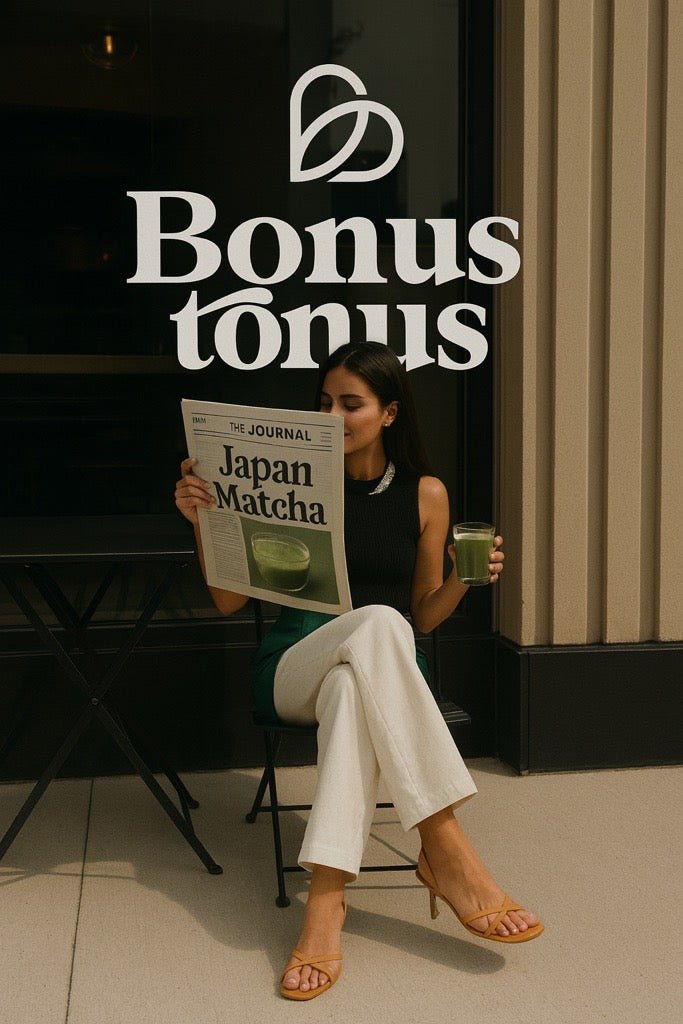Real or fake? 7 ways to spot a real ceremonial matcha
First - COLOR High-quality matcha is a bright, rich green. Like spring grass. That bright green hue indicates a high concentration of polyphenols and catechins - powerful antioxidants that help fight free radicals, eliminate toxins and reduce oxidative stress in the body. If the color is yellowish or dull - it is an old, oxidized powder, with almost no beneficial properties left.

Second – TEXTURE . It should be silky smooth. If it is rough or grainy, it is not a first harvest tea.

Third – FOAM FACTOR Highest quality matcha easily foams. Just a few quick strokes of the whisk will produce a thick, creamy layer of foam. If the foam does not form, it is a sign that the tea is of low quality or old. Foam is important not only for aesthetics - it indicates purity, proper processing and freshness.

Fourth – CLASSIFICATION . True top quality matcha It is marked 6A, 5A or 4A. The higher the number, the higher the grade. "Ceremonial" sounds impressive, but it does not guarantee quality.

Fifth – ORIGIN. The best in the world matcha is produced only in Japan: Uji (Kyoto), Kagoshima and Shizuoka - the real matcha capitals.

Matcha is more than just color and flavor. Real, fresh matcha gives you what you're looking for: umami flavor, calm energy, antioxidants, focus, and glowing skin.
Choose wisely. Choose the real thing. Bonus Tones.



Share:
Matcha has much more than just a sweet taste.
Coffee or matcha? Which is better for you?